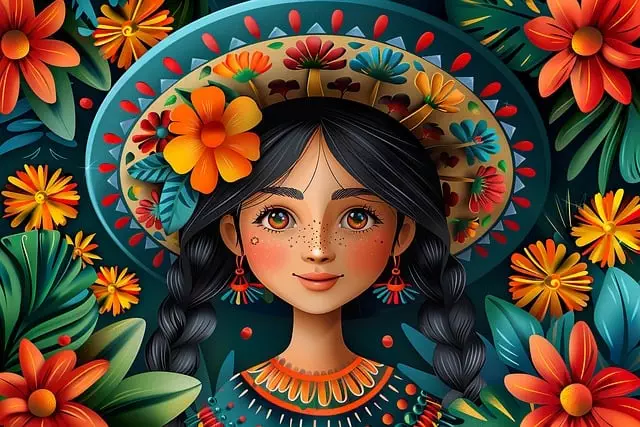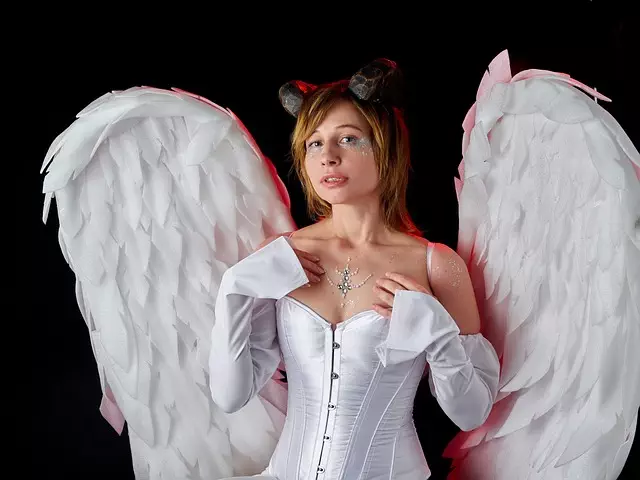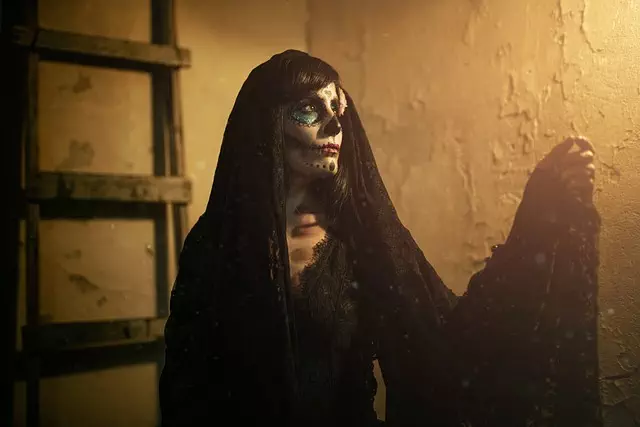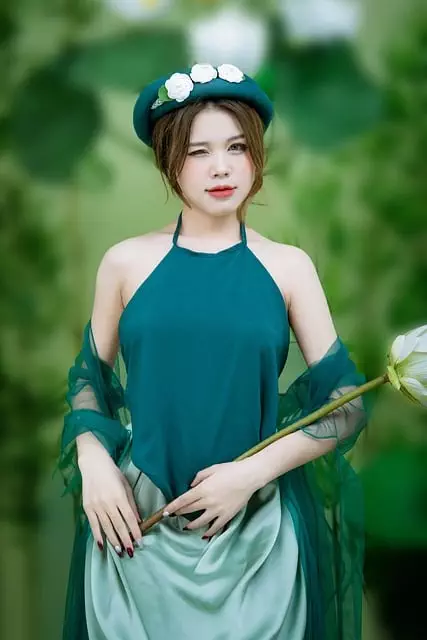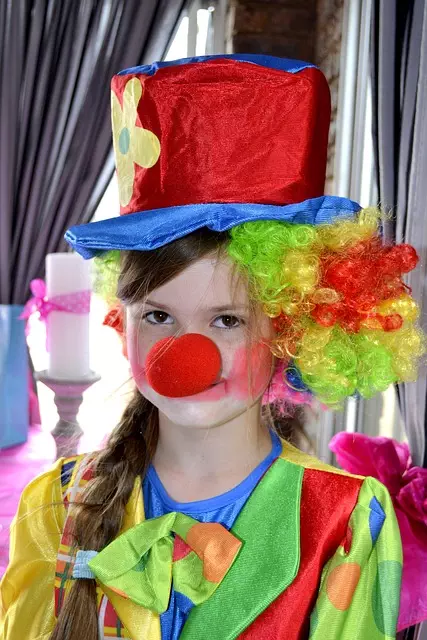Embark on a ghoulishly delightful journey with us as we unravel the mysteries behind creating an enchanting girls’ skeleton costume. This article serves as your guide to mastering the art of crafting a bone-chilling style that captures the essence of Halloween’s most iconic figures. From the design elements that bring the skeletal motif to life, to selecting the perfect materials for a lifelike effect, we explore how to elevate your child’s costume game. We delve into the historical roots of skeleton costumes, tracing their evolution in popular culture and their indispensable role in Halloween traditions. For those seeking individuality, customization tips ensure each girl’s costume reflects her unique personality. Finally, a step-by-step DIY tutorial transforms your sketch into a three-dimensional masterpiece. Prepare to conjure the perfect girls costume that will leave onlookers spellbound this Halloween season.
- Enchanting Girls' Skeleton Costume: A Guide to Bone-Chilling Style
- Design Elements: Crafting the Perfect Skeleton Look for Girls
- Material Matters: Selecting the Right Fabrics and Accessories for a Lifelike Skeleton Outfit
- Historical Roots: The Evolution of Skeleton Costumes in Popular Culture and Halloween Traditions
- Customization Tips: Personalizing Your Girl's Skeleton Costume for Unique Flair
- Step-by-Step Tutorial: DIY Skeleton Costume for Girls – From Sketch to Reality
Enchanting Girls' Skeleton Costume: A Guide to Bone-Chilling Style
The enchanting girls’ skeleton costume is a perennial favorite for Halloween and themed events, offering a blend of whimsy and eerie allure that captivates the young and young at heart. This costume craftily emulates the human anatomy, featuring a detailed array of “bones” that range from the delicate spine to the sprawling ribcage and articulated limbs. The intricate design often includes a well-defined pelvis, skull with exposed eye sockets, and even vertebrae that peer through the backdrop of the costume, creating an illusion of a skeletal figure brought to life. The costume’s quality can vary from budget-friendly options to premium pieces that boast lifelike details, ensuring every girl who dons this outfit stands out in the crowd with her unique and bone-chilling style. When selecting the perfect girls’ skeleton costume, consider materials like soft, flexible PVC for comfort and durability, as well as the ease of movement it allows. Additionally, accessories such as contact lenses, makeup kits designed to age the skin, and even thematic props can elevate the overall effect of this spooky ensemble, making it a memorable choice for any festive occasion.
Design Elements: Crafting the Perfect Skeleton Look for Girls
When crafting the perfect skeleton look for girls, it’s essential to blend both the whimsical and spooky aspects that make a skeleton costume an enchanting choice for Halloween or thematic events. The design should begin with a foundation that mimics the human skeletal structure, featuring a white base that forms the outline of bones across the body. For girls’ costumes, this often includes a bodice adorned with ribcage detailing, and arm pieces that extend into elongated, articulated fingers. The skull mask is a centerpiece, complete with jagged teeth and hollow eye sockets, bringing the skeleton to life with an eerie yet captivating presence.
To elevate the costume, consider adding intricate details such as faux gemstones or crystals at joints to simulate where ligaments might be attached in a real skeleton. The addition of subtle glowing effects or accessories like a choker with spinal column motifs can add depth and a touch of magic to the ensemble. Layered skirts or tutus can provide a soft contrast to the stark white, offering versatility for different body types and ages. Completing the look with appropriate makeup, such as pale skin tones and accentuated bone details, will ensure a cohesive and authentic skeleton costume that girls of all ages will adore.
Material Matters: Selecting the Right Fabrics and Accessories for a Lifelike Skeleton Outfit
When crafting a lifelike skeleton costume, the choice of materials plays a pivotal role in achieving authenticity and comfort for the wearer, especially when it comes to girls’ costumes. Selecting the right fabrics ensures that the final outfit not only resembles a human skeleton but also moves with the body, creating an eerily realistic effect. Breathable materials like spandex blends are ideal for form-fitting garments, as they allow for a full range of motion while clinging to the contours of the costume. For the skull cap, a lightweight, flexible foam covered in a skin-like material can be used; this mimics the appearance and texture of real bone and skin. Additionally, incorporating realistic joint textures, such as knee and elbow caps, can enhance the lifelike quality of the costume.
Accessorizing with the right elements further elevates the skeleton costume from ordinary to extraordinary. Detailed props like a pelvic girdle or shoulder blades can be fashioned from air-dry clay and painted to resemble bones. Contact lenses in a striking white or bone color bring the ensemble to life, as does the application of prosthetic makeup to simulate bare muscle and tendon outlines underneath the costume. To complete the look, consider adding a pair of skeletal hands with articulated fingers. These details transform a girls’ costume into a captivating representation of skeletal artistry that is both visually stunning and anatomically accurate.
Historical Roots: The Evolution of Skeleton Costumes in Popular Culture and Halloween Traditions
The skeleton costume, a perennial favorite in both popular culture and Halloween traditions, has a rich historical tapestry that intertwines with various cultural narratives. Its origins can be traced back to the 19th century when death was an ever-present motif in art and literature, often portrayed through skeletal imagery as a reminder of mortality. As the centuries progressed, the skeleton costume became more prominent, particularly in Mexico where it is central to the Day of the Dead celebrations, honoring the deceased with vibrant festivities and elaborate altars.
The transformation of the skeleton costume into a mainstream phenomenon can be attributed to the mass production capabilities of the 20th century. The advent of Halloween as a widely celebrated holiday outside of North America facilitated the spread of diverse costumes, including the skeleton ensemble. Manufacturers began creating these costumes for a broad audience, with girls’ skeleton costumes gaining popularity as children and adults alike embraced the theme. In contemporary times, the skeleton costume has evolved into a symbol of creativity and festivity, often adorned with playful accessories and bright colors that celebrate the spooky spirit of Halloween while ensuring the costume remains accessible and enjoyable for all age groups. The evolution of the skeleton costume reflects a broader trend in Halloween costumes, where historical significance blends seamlessly with modern trends to create a tradition rich in both cultural meaning and festive fun.

